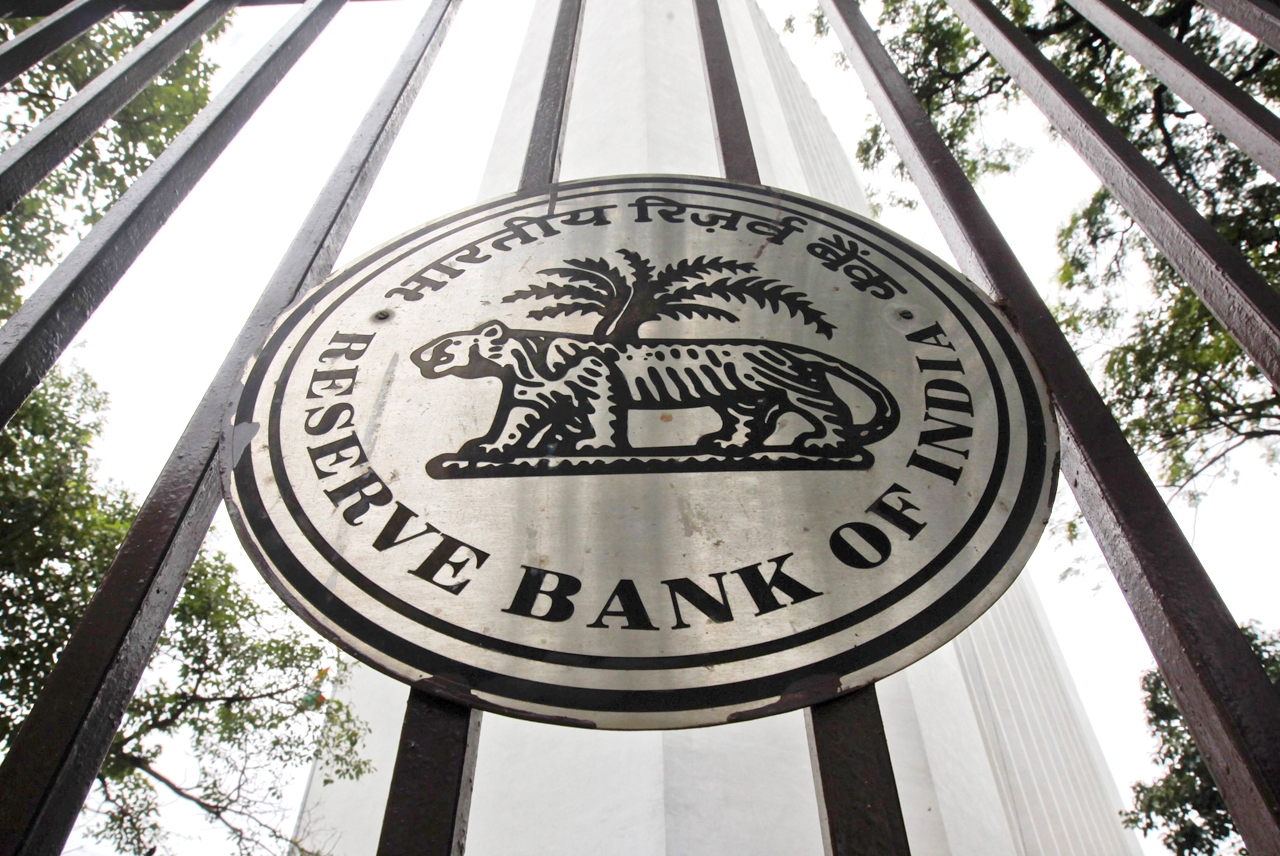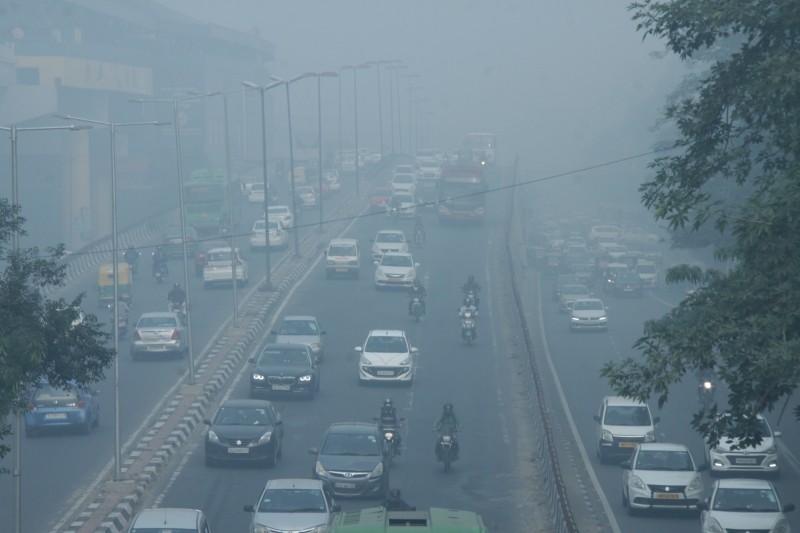To mitigate any economic fallout on financial liquidity due to Covid-19 pandemic, the Reserve Bank of India on Friday announced a set of new measures including a reduction in reverse repo rate.

Accordingly, the rate now stands at 3.75 per cent of LAF. The reverse repo i s an important monetary policy tool used by the Reserve Bank to control liquidity and inflation in the economy.
Under the Reverse Repo Rate, banks deposit excess funds with the RBI and ear n interest for it.
The move is expected to encourage banks to ease lending and investments into the economy.
Announcing the slew of measures via online channels, RBI Governor said that p olicy repo rate would for now be maintained at 4.4 per cent.
Furthermore, he announced other measures such as going in for TLTRO 2.0 and r e-financing facilities for critical institutions. Together these would mean a dditional liquidity to the tune of Rs 1 lakh crore with Rs 50,000 crore as TLTRO 2.0 and Rs 50,000 crore refining support to NABARD, NHB and SIDBI.
In terms of liquidity infusion, Das said that RBI will conduct the round two of targeted long-term repo operation (TLTRO) worth Rs 50,000 crore.
In financial parlance, a TLTRO is a loan scheme for banks which come at the current repo rate from the RBI. This type of operation is generally conducted to relieve the banks from some of their debt repayment obligations towards bond holders. Thus, it boosts cash flows emanating from the banking sector.
“… It has been decided to conduct targeted long-term repo operatio ns (TLTRO 2.0) for an aggregate amount of Rs.50,000 crore, to begin with, in tranches of appropriate sizes,” he said.
“The funds availed by banks under TLTRO 2.0 should be invested in in vestment grade bonds, commercial paper, and non-convertible debentures of NB FCs, with at least 50 per cent of the total amount availed going to small and mid-sized NBFCs and MFIs.”
Earlier, the Reserve Bank Governor had said that a fresh TLTRO will be conducted via which Rs 1 lakh crore would be injected through multiple tranches.
Besides, RBI announced a 90-day extension for the resolution period for large stressed assets which have not been resolved within the 210 day deadline a s per the central banks June 7, 2019 order.
The RBI Governor also said that NPA classification will exclude the moratori um period.
Additionally, in order to ease the liquidity position, the LCR requirement f or Banks is being brought down from 100 per cent to 80 per cent with immedia te effect.
“The requirement shall be gradually restored back in two phases a ” 90 per cent by October 1, 2020 and 100 per cent by April 1, 2021,” he said.
The apex bank prohibited commercial and cooperative banks from making any further dividend payouts from profits pertaining to the financial year ended March 31, 2020 until further instructions.
On inflation, Governor Das said: “In the period ahead, inflation cou ld recede even further, barring supply disruption shocks and may even settle well below the target of 4 per cent by the second half of 2020-21.”
“Such an outlook would make policy space available to address the in tensification of risks to growth and financial stability brought on by COVID -19. This space needs to be used effectively and in time.”
READ MORE:
South Asia’s Economy to Plummet









